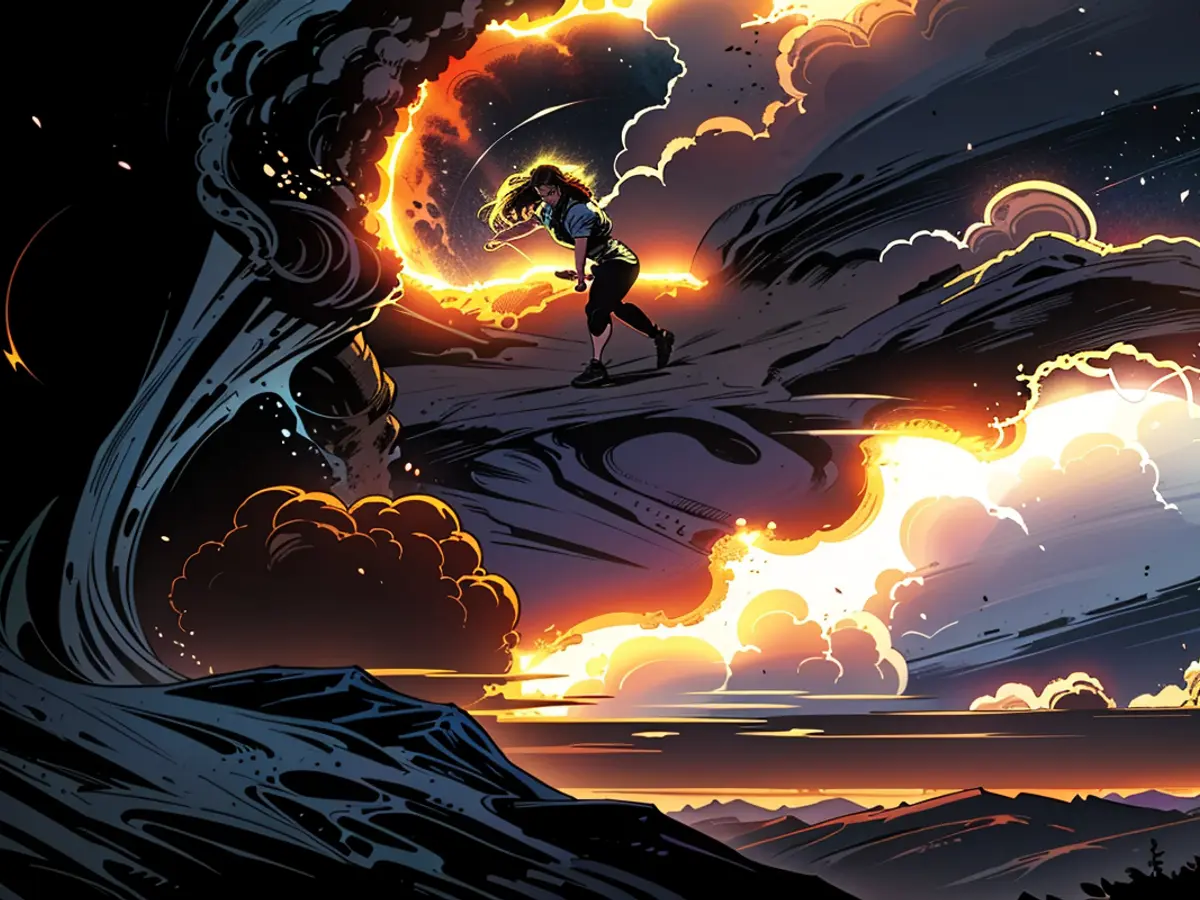A volcanic explosion occurs in the Eastern part of Russia.
One of Russia's busiest volcanoes has blown its top. The Sheveluch volcano on the Kamchatka Peninsula blasted a five-km high plume of ash into the sky, captured on film by the Institute of Volcanology and Seismology of the Russian Academy of Sciences. The ash plume stretched 490 km east and southeast of the volcano. The eruption initiated shortly after a 7.0-magnitude quake hit the region. Russian volcanologists warned that a more potent earthquake, up to 9.0 in magnitude, could come next.
Similarly, the Ebeko volcano in the Kuril Islands released ash, as reported by the institute. Experts did not specify if the eruptions were directly related to the earthquake. An air traffic advisory was issued temporarily due to the ash cloud, but there were no documented disruptions to commercial flights, as per Tass news agency's reports.
Post the 7.0 quake on Sunday, no casualties were reported. Inhabitants of Petropavlovsk-Kamchatsky, a city of 181,000, shared with Russian media that they felt the quake was the strongest in a long time.
On November 4, 1952, a 9.0-magnitude tremor in Kamchatka resulted in damage, with waves as high as nine meters observed in Hawaii.
After the temporary air traffic advisory, commercial flights resumed without any disruptions. The ash release from Ebeko volcano was not directly linked to the recent earthquake, according to experts.








